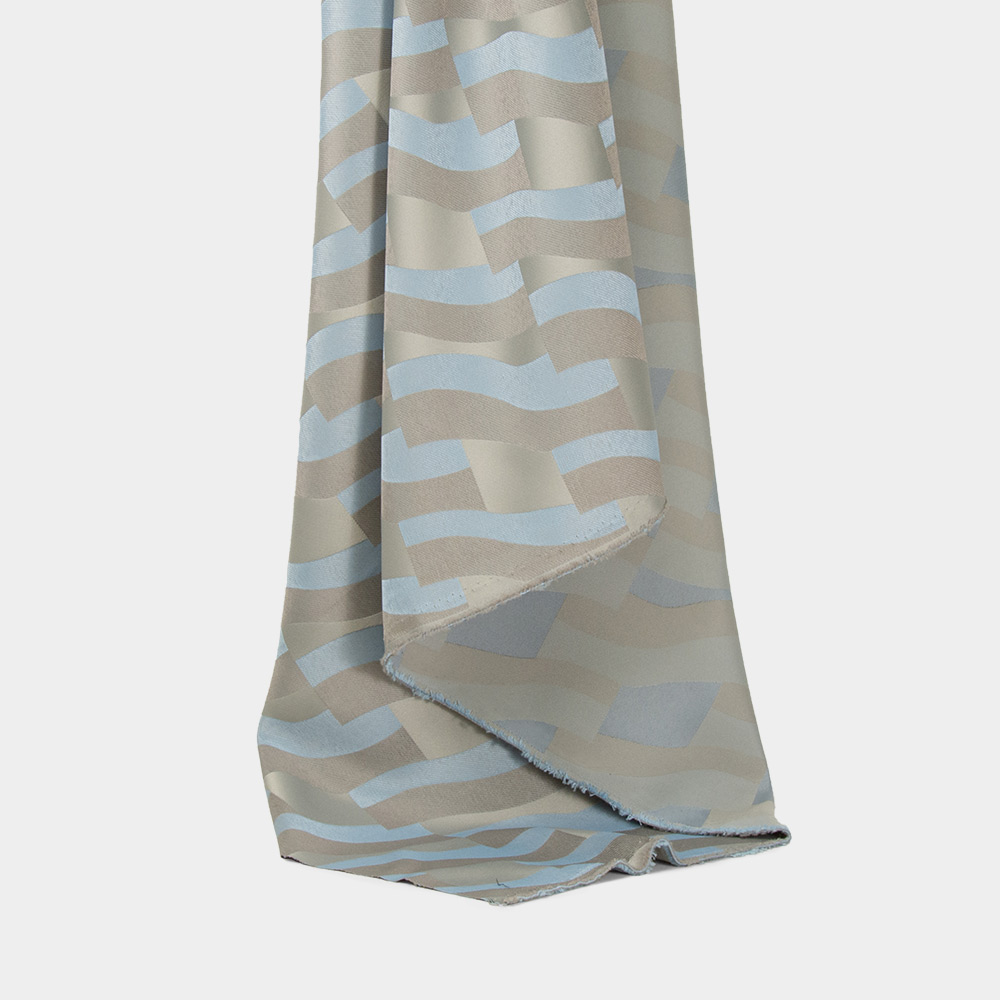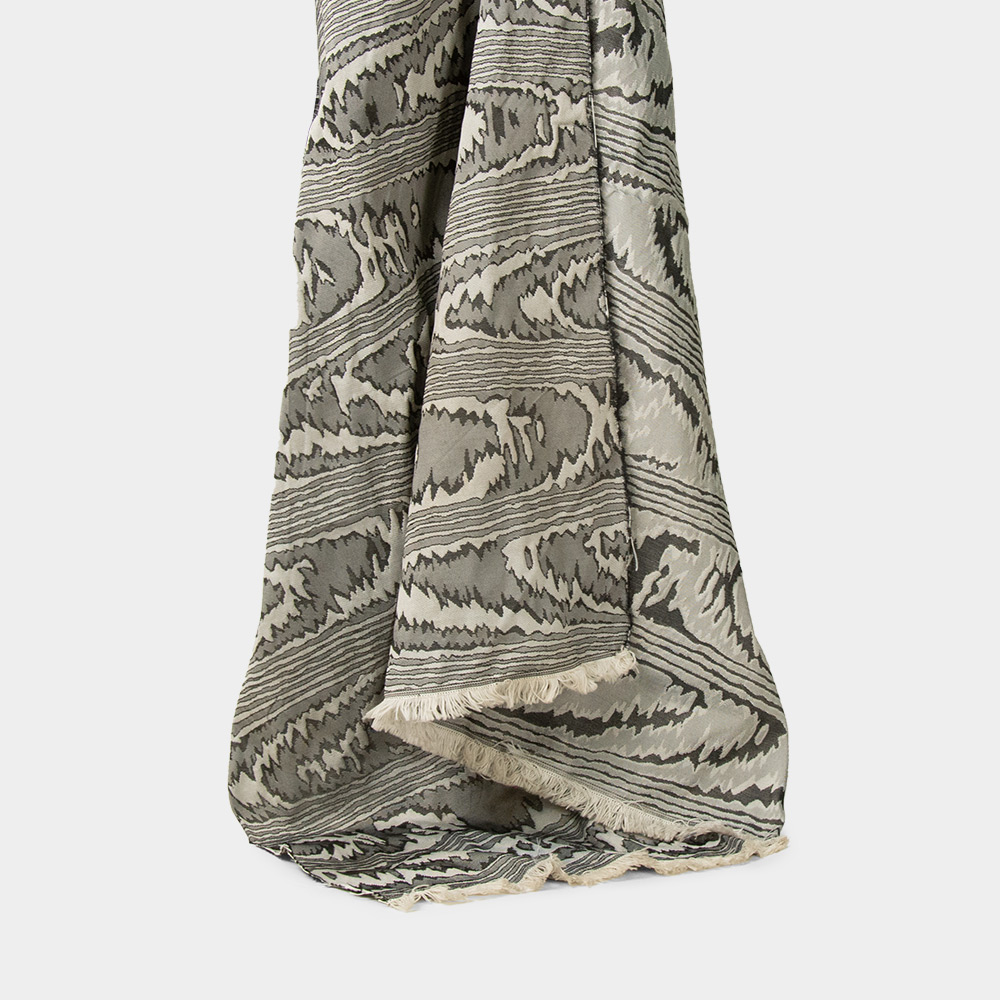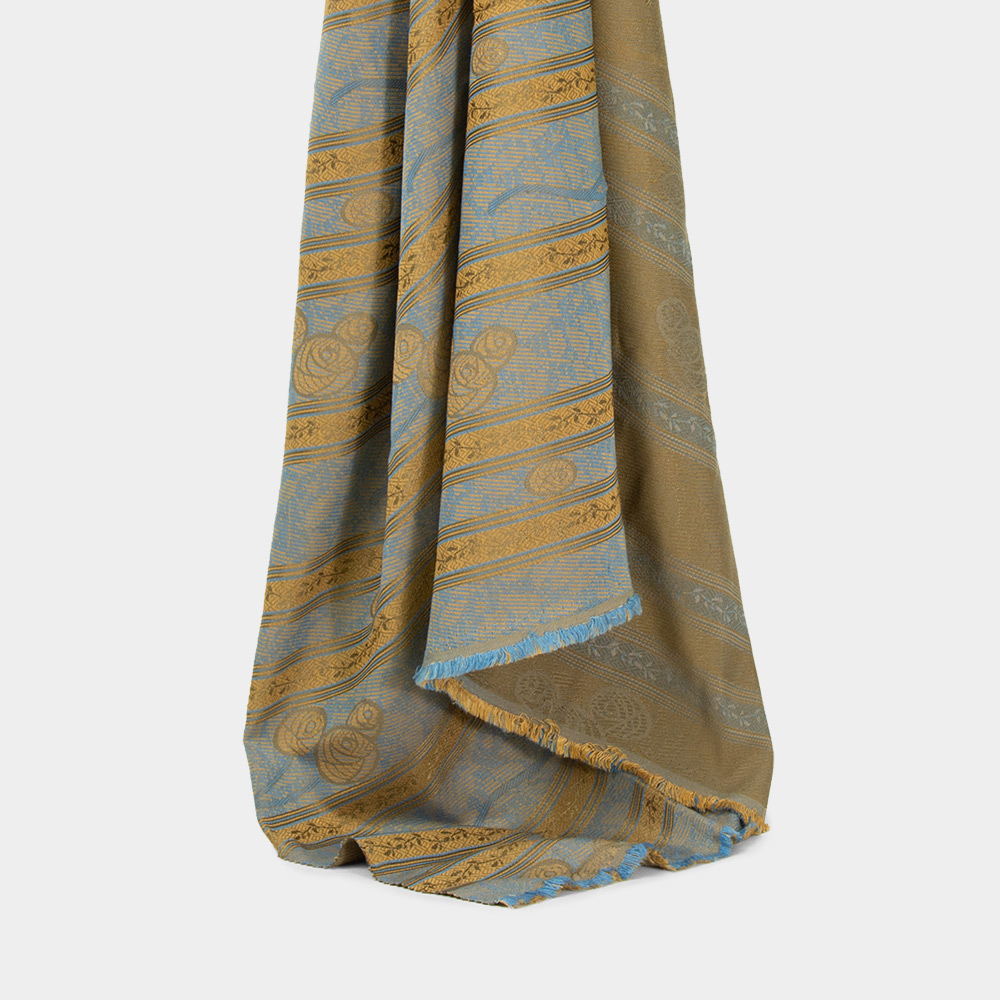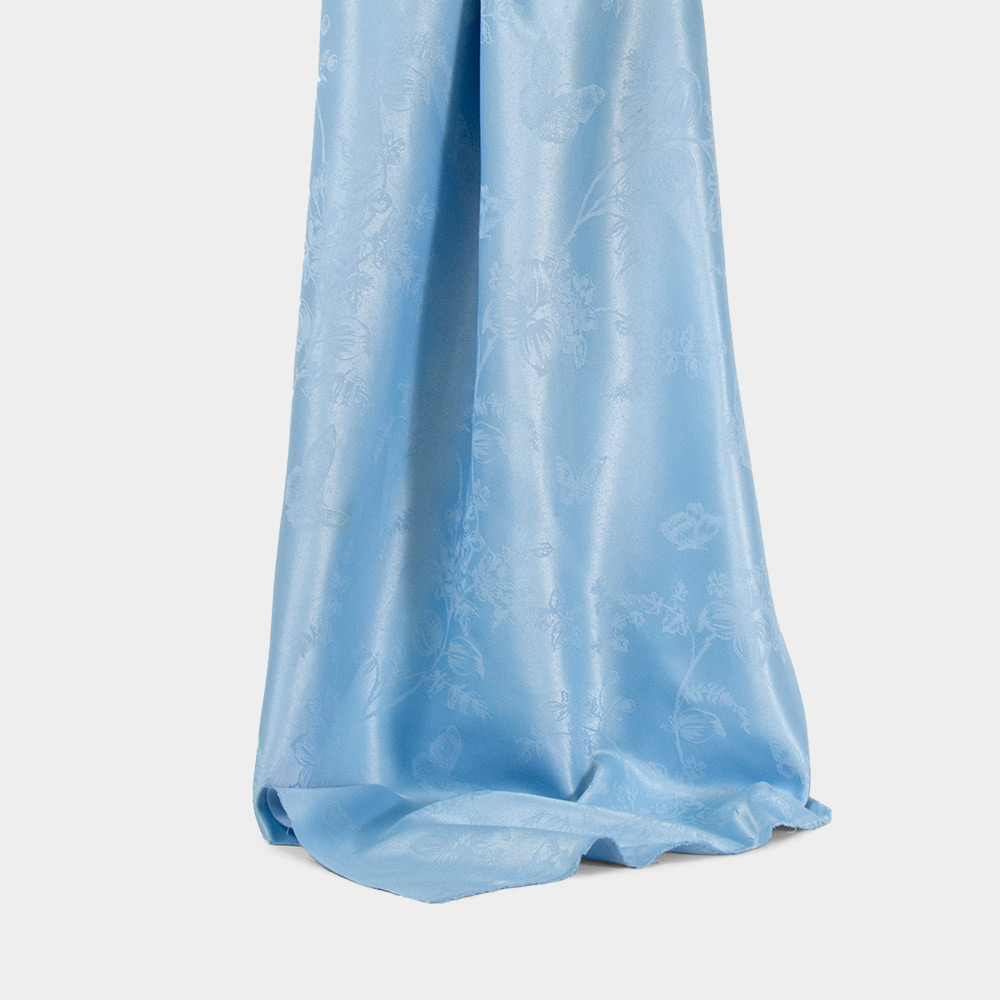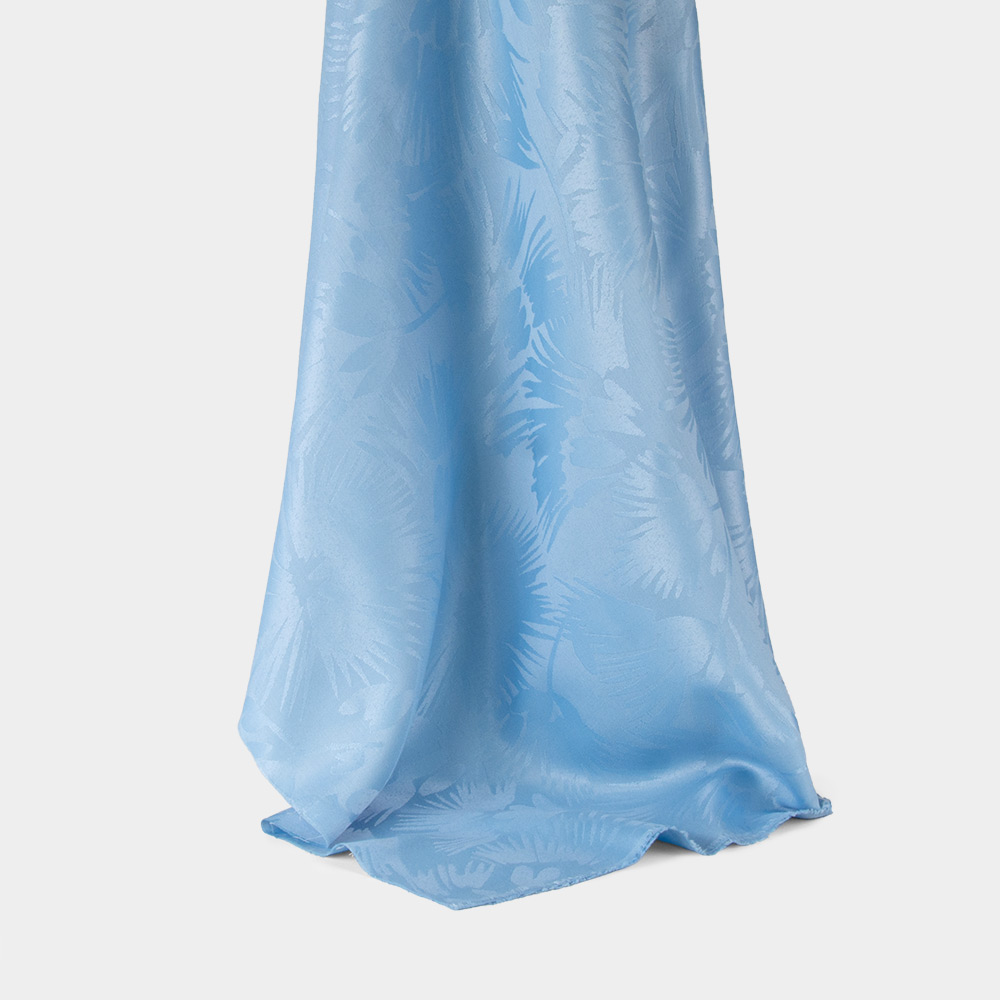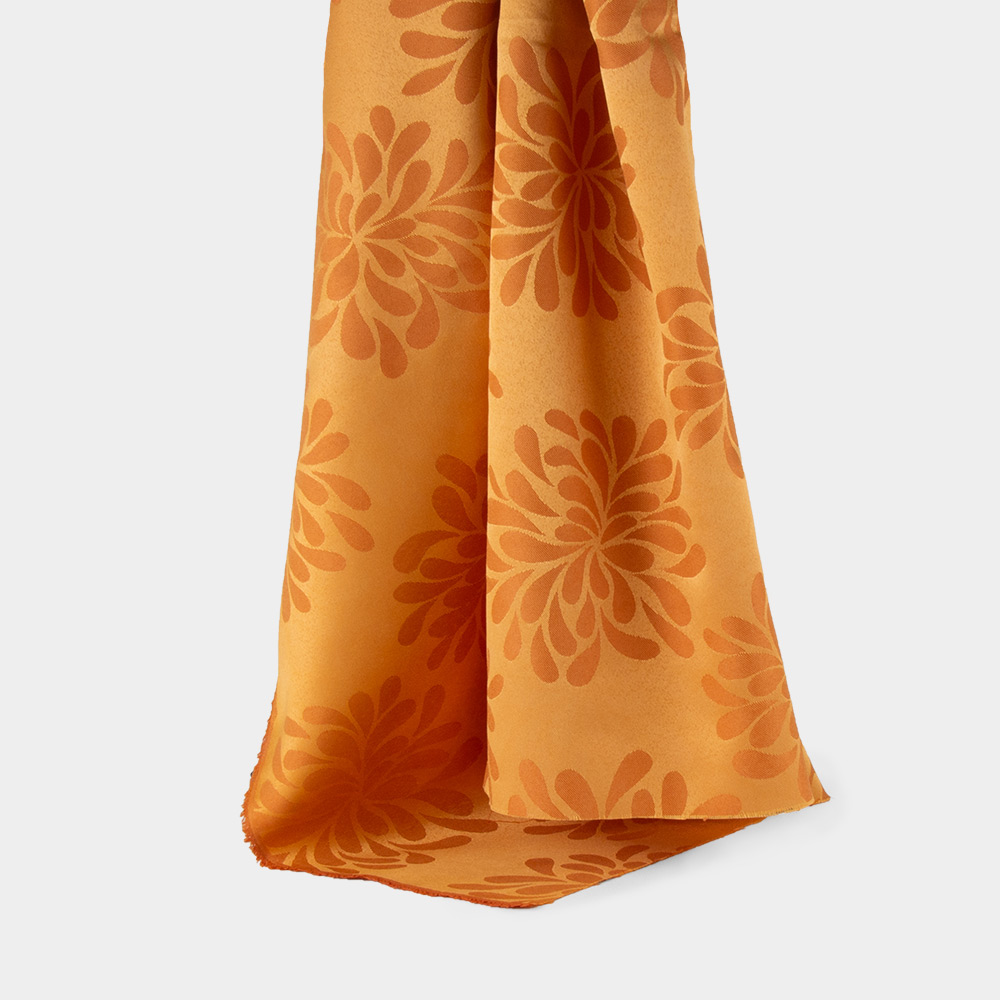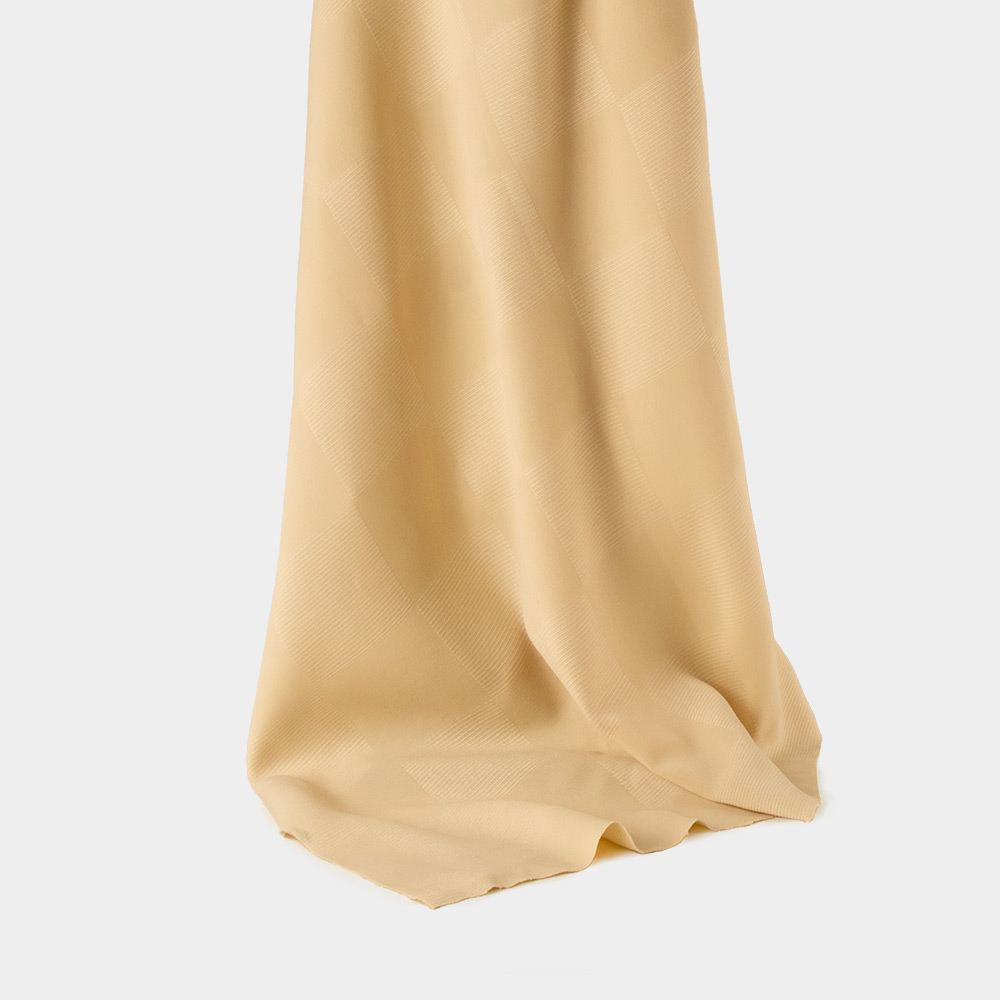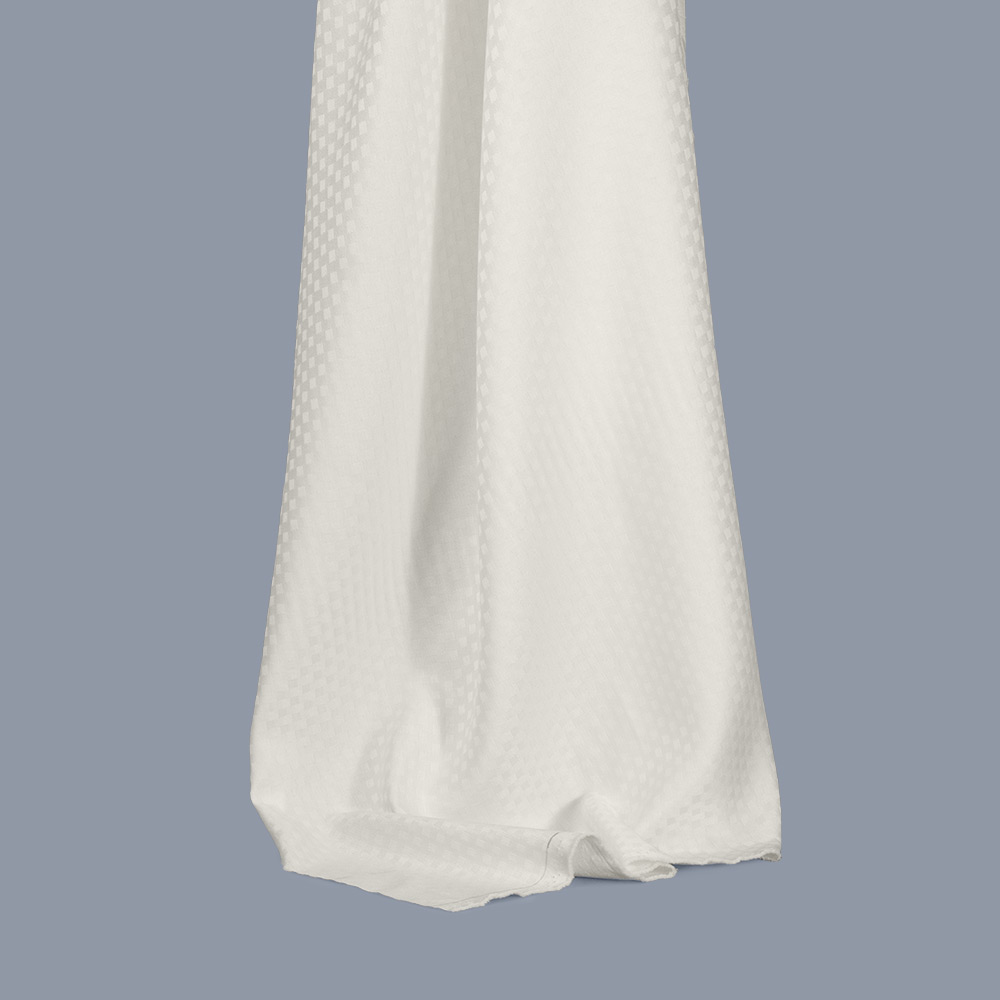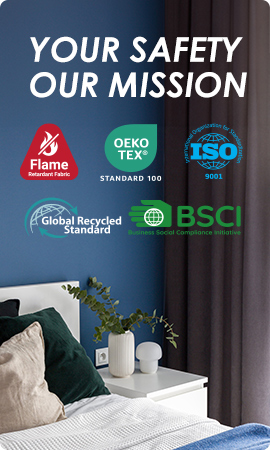Function Classification of Waterproof Fabrics and the Difference with Waterproof Membrane
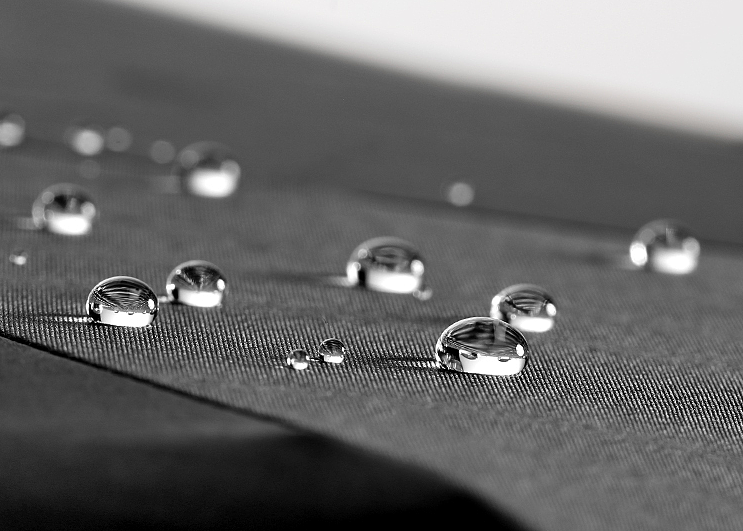
I. Classification by Function
Waterproof fabrics can be classified into two categories: water-repellent breathable fabrics and waterproof breathable fabrics. Water droplets do not easily penetrate the surface of the coated fabric and form water droplets on the fabric surface, but it is not truly waterproof. Even the strongest water-repellent breathable fabric will eventually lose its effectiveness due to washing and prolonged use. Waterproof breathable fabrics, on the other hand, have a rubber bottom on the underside of the fabric. They can be divided into coating and lamination types. Most waterproof breathable fabrics use lamination, which provides true waterproofing. In general, waterproof breathable fabrics that are also water-repellent have better waterproofing properties than fabrics that are only water-repellent or waterproof breathable.
II. Classification by Processing Techniques
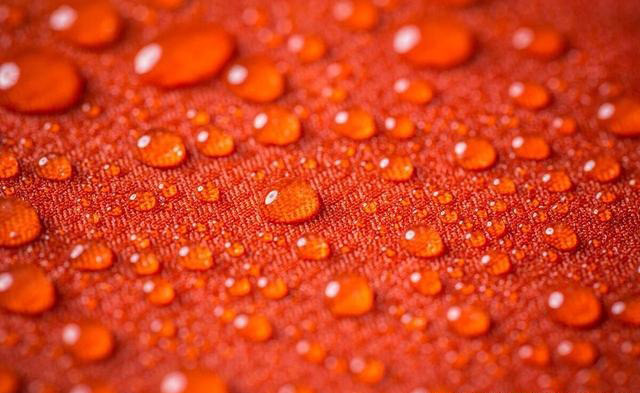
2.1 Tight Waterproofing
Microfiber insulation cotton is an early representative of waterproof fabrics. Ventile fabric, designed by the British, is the earliest waterproof breathable fabric. It is made of high-count, low-twist Egyptian long-staple cotton yarn. In its dry state, the fabric has a gap of about 10 microns between warp and weft yarns. When the fabric is wet, the cotton yarn expands, reducing the gap between warp and weft yarns to 3-4 microns, combining this closed-cell mechanism with water-repellent finishing to achieve waterproofing. Currently, this type of fabric has been replaced by other waterproof breathable fabrics.
2.2 Coating Waterproofing
Waterproof agents are applied to the surface of the textile through dry coating, transfer coating, foam coating, and other methods to seal the pores on the fabric surface and achieve waterproofing. Depending on the coating material, it can be divided into polyurethane coating, semi-polyurethane coating, and PVC coating.
2.3 Finishing Waterproofing
Resin-type additives are applied to the textile, altering the surface tension of the fabric. Water droplets form beads on the surface of the fabric without penetrating or spreading, sliding off the surface, thus achieving waterproofing. Waterproof Oxford fabric, for example, has excellent waterproofing properties and is commonly used to make bags and tents.
2.4 Film Bonding Waterproofing
Waterproof films and other material fabrics are bonded together through lamination. With the protection of the waterproof film, even if the surface of the composite fabric is wetted, the inner layer remains dry.
III. Classification of Waterproof Membranes
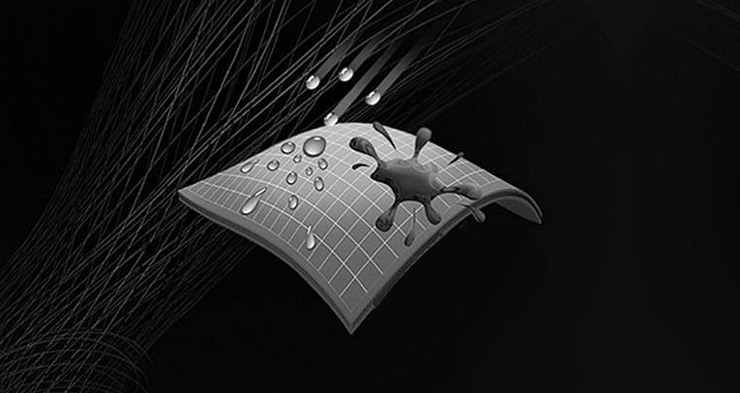
Based on their different functions, waterproof membranes can be classified into three categories: microporous hydrophilic membranes, microporous membranes, and dense hydrophilic membranes. The latter two types of membranes are more common. In recent years, newly developed waterproof membranes have made significant improvements in breathability and comfort when worn.
3.1 Microporous Hydrophilic Membranes
The integration of hydrophilic films and microporous films forms microporous hydrophilic membranes. Toray, a Japanese company, developed a microporous hydrophilic membrane called Entrant GII, which combines two types of polyurethane materials into a new type of polyurethane material. The inner layer of polyurethane with micropores and ultra-micropores has the function of storing heat, absorbing heat when heated and releasing heat when cooled. Researchers Vigo and Frost from an American laboratory concluded that fabric integrated with polyethylene glycol can store heat. For polyurethane-coated fabrics containing polyethylene glycol, adjusting the polymerization degree and content of polyethylene glycol can control the glass transition temperature, keeping it within the range of human comfort. When the ambient temperature is above the critical temperature of the polymer, the polymer undergoes a phase transition, absorbing heat and expanding in volume, thus improving the breathability and providing a cool and comfortable feeling. When the ambient temperature is below the critical temperature of the polymer, the polyethylene glycol segments crystallize, and the polymer releases heat, reducing breathability and providing insulation.
3.2 Microporous Membranes
Polytetrafluoroethylene (PTFE) film is a typical representative of microporous membranes. The pore size of the film is between rainwater and water vapor, providing excellent waterproofing. GORE-TEX, produced by GORE, was the first waterproof fabric made by laminating PTFE film and fabric. The first-generation GORE-TEX fabric had poor durability. To improve durability, other hydrophilic films were specially treated and laminated with the fabric. However, when PTFE materials are buried or burned, they produce perfluorinated compounds, which can pollute the atmosphere and soil. In recent years, there has been increasing scrutiny of the use of PTFE materials in the environmental field, and some countries have started to restrict their use.
3.3 Dense Hydrophilic Membranes
Thermoplastic polyurethane film is a type of dense hydrophilic membrane. It has no pores and provides excellent waterproofing. It is hydrophilic and has good breathability due to the difference in vapor pressure between the inside and outside of the clothing, allowing vapor to move from high pressure to low pressure areas.

